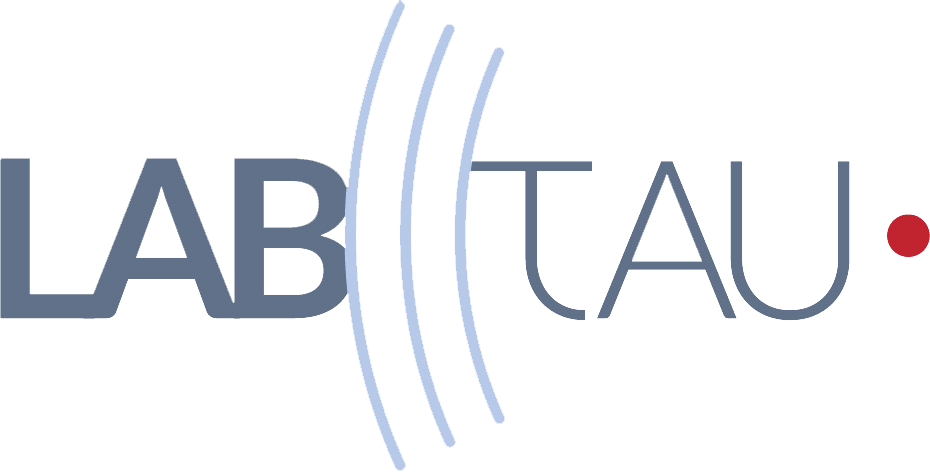Séminaire LabTAU: Karla P. Mercado-Shekhar, Ph.D.
Author: Karla P. Mercado-Shekhar, Ph.D.
Summary: Clot stiffness is inversely correlated with rt-PA thrombolytic efficacy in vitro -Predicting thrombolytic susceptibility to recombinant tissue plasminogen activator (rt-PA) a priori could help guide clinical decision-making during acute ischemic stroke treatment and avoid adverse off-target lytic effects. Prior research has shown that the composition and structure of clots impact their mechanical properties and rt-PA thrombolytic efficacy. The goal of the current research was to determine the relationship between clot elasticity and rt-PA thrombolytic efficacy in vitro. Human and porcine mildy and highly retracted clots were fabricated in glass pipettes. The rt-PA thrombolytic efficacy was evaluated in vitro using the percent clot mass loss. A second set of clots were embedded in agar phantoms. Subsequently, the Young’s modulus of each clot was estimated using single-track-location shear wave elasticity imaging. The imaging sequence was implemented using a Verasonics Vantage 256 system equipped with an L7-4 linear array. The results revealed an inverse relationship between the Young’s moduli and clot mass loss, indicating that stiffer clots are more difficult to lyse with rt-PA. This work suggests that clot stiffness may serve as a predictive metric for rt-PA thrombolytic efficacy. Additionally, this presentation will briefly discuss ongoing projects at the Image-guided Ultrasound Therapeutics Laboratories in the University of Cincinnati. These projects include ultrasound-assisted thrombolysis, ultrasound-triggered bioactive gas delivery, and passive cavitation image guidance and monitoring of ultrasound therapeutics.
Time:11:00
Place: Salle de conférence





